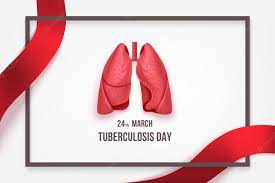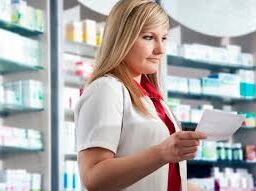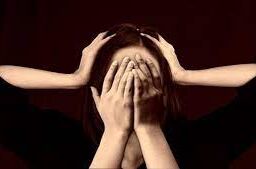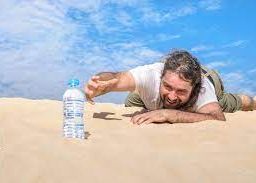
Tuberculosis Symptoms: Early Signs to Watch Out For
Tuberculosis, often abbreviated as TB, stands as a formidable global health concern, with its roots in the bacterial infection caused by Mycobacterium tuberculosis. This airborne pathogen primarily targets the lungs, spreading through coughs and sneezes of infected individuals. World tb Day, observed annually on March 24th, serves as a poignant reminder of the need for awareness and action against this infectious disease. In this post, we delve into the nuances of tb, examining its symptoms, causes, and crucial prevention strategies to combat its impact on public health.

Tuberculosis (TB) is a bacterial infection that primarily affects the lungs. It is caused by Mycobacterium tuberculosis, a bacterium that spreads through the air when an infected person coughs or sneezes. World Tuberculosis Day is observed on March 24th every year to raise awareness about this disease and its impact on public health.
Symptoms of Tuberculosis
The symptoms can vary depending on which part of the body is affected. In most cases, it affects the lungs and causes symptoms such as coughing, chest pain, and difficulty breathing. Other symptoms may include fever, night sweats, fatigue, and weight loss. It can also affect other parts of the body such as the kidneys, spine, and brain, causing a range of symptoms depending on the affected area.
Causes of Tuberculosis
TB is caused by the bacterium Mycobacterium tuberculosis. The bacteria spread through the air when an infected person coughs or sneezes. When a person inhales these bacteria, they can infect the lungs and cause the disease. It is more common in areas with poor living conditions and limited access to healthcare. People with weakened immune systems, such as those with HIV/AIDS, are also at a higher risk of developing the condition.
Prevention of TB
Preventing this disease involves several strategies such as vaccination, early diagnosis, and treatment. The Bacille Calmette-Guérin (BCG) vaccine is used to prevent the disease in some countries, but its effectiveness varies depending on the region. Early diagnosis and treatment are crucial to preventing the spread. If you have been in close contact with someone who has the disease or symptoms, it is important to get tested. Treatment involves taking antibiotics for several months to kill the bacteria. It is important to complete the full course of treatment to prevent the development of drug-resistant TB.
Thus, we can conclude that Tuberculosis is a serious public health issue that affects millions of people worldwide. Understanding the symptoms, causes, and prevention of TB is crucial to controlling its spread. If you have been in close contact with someone who has symptoms of the disease, it is important to seek medical attention. By working together, we can prevent the spread and improve the health of our communities.
Disclaimer: The information provided in this content is for general informational purposes only. It is not intended as medical or healthcare advice, diagnosis, or treatment. Always seek the advice of a qualified healthcare professional with any questions you may have regarding a medical condition or healthcare decisions.
















